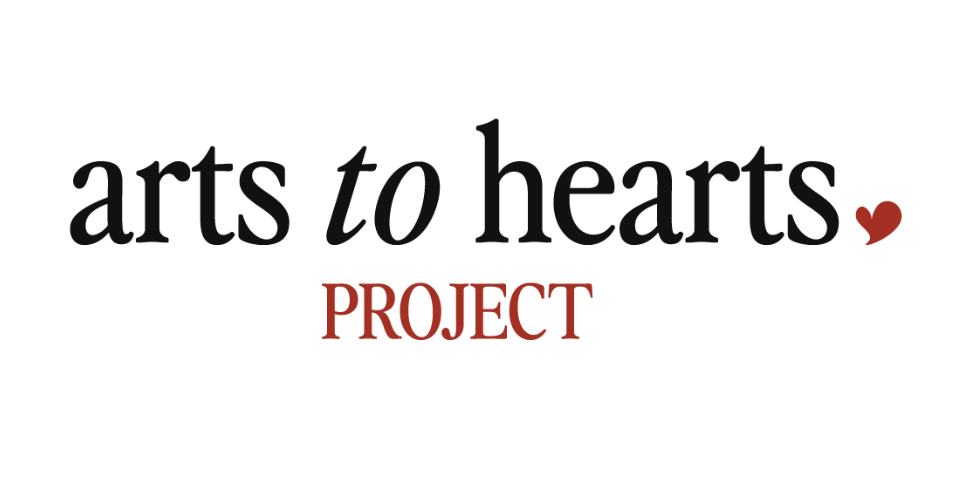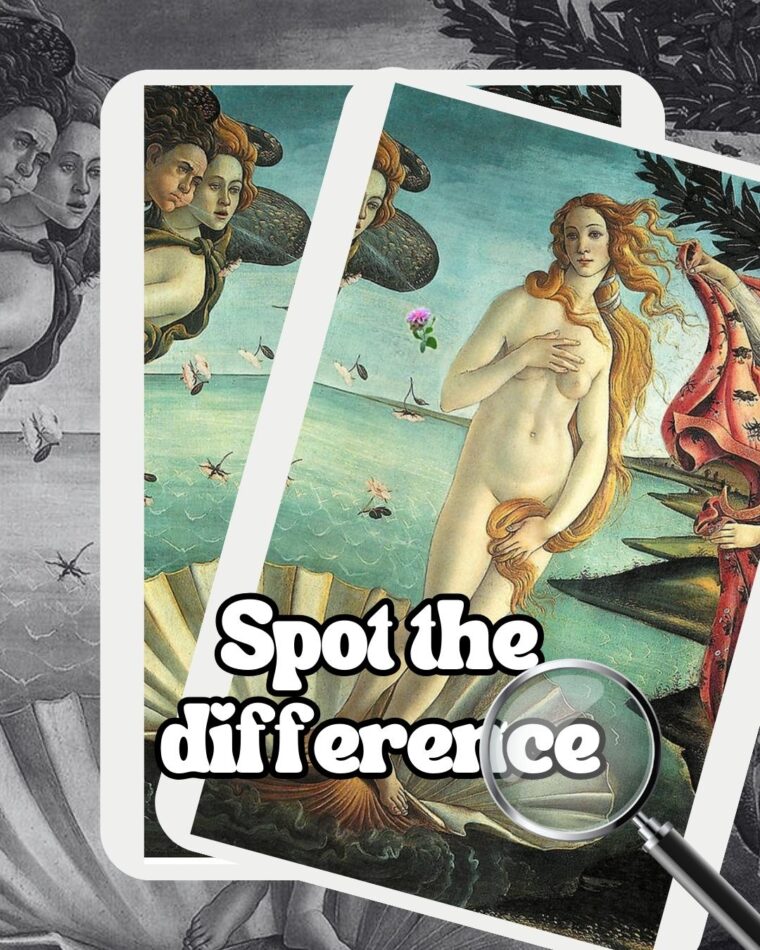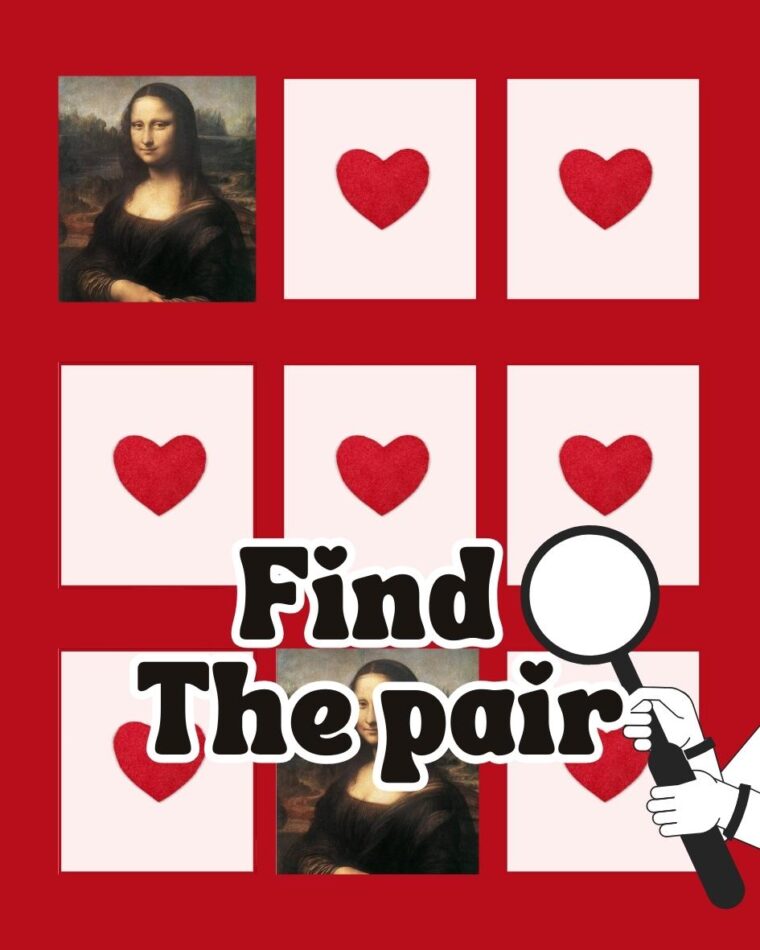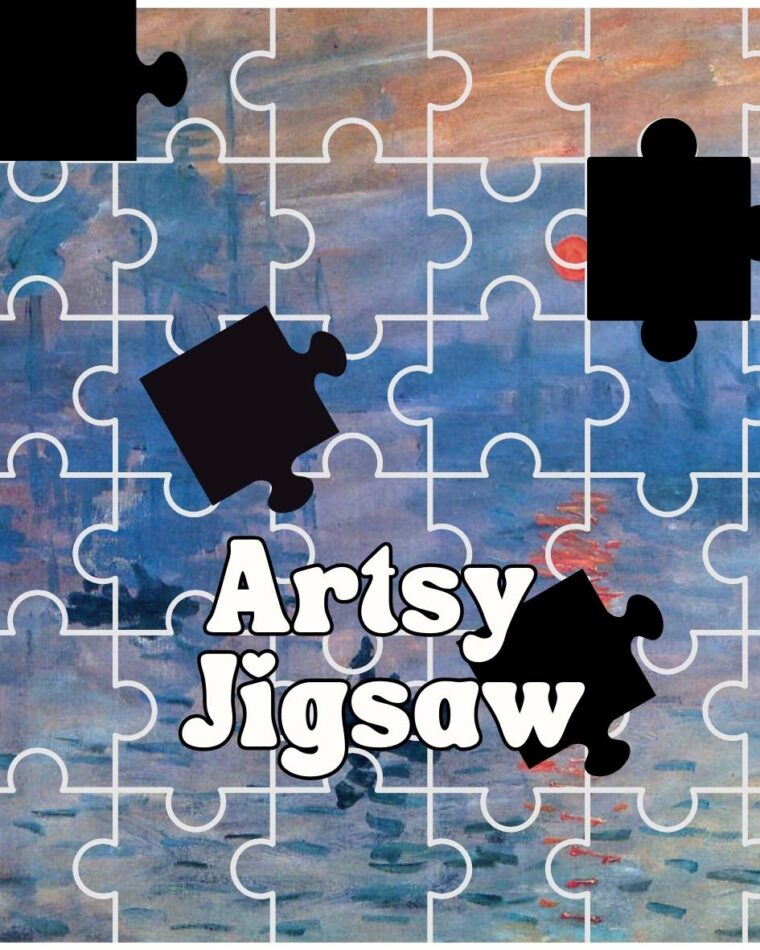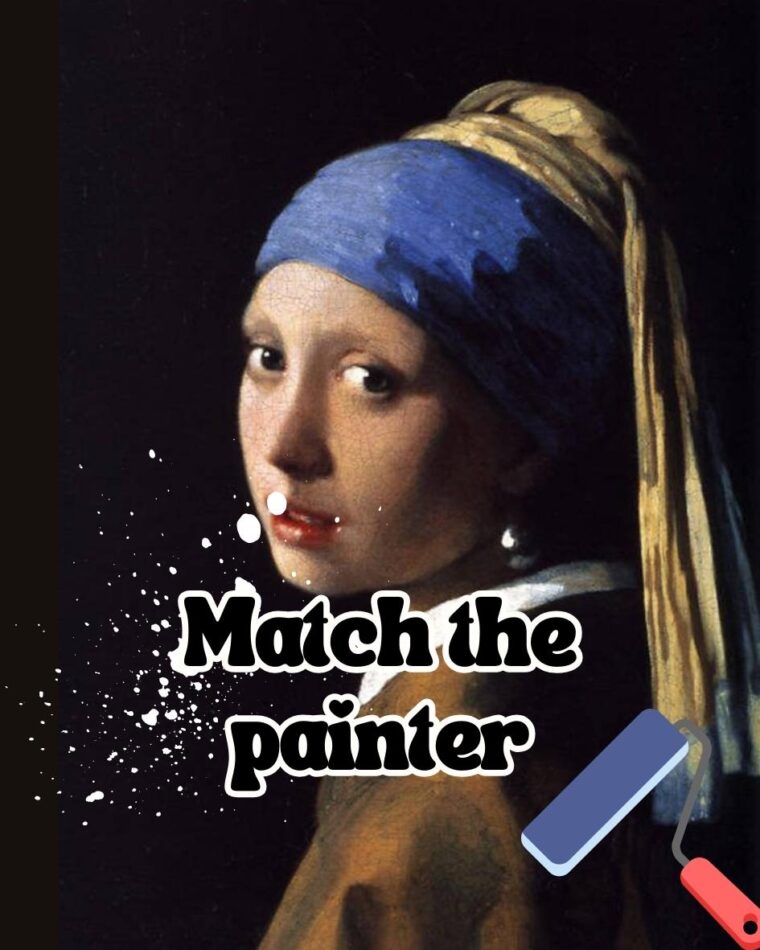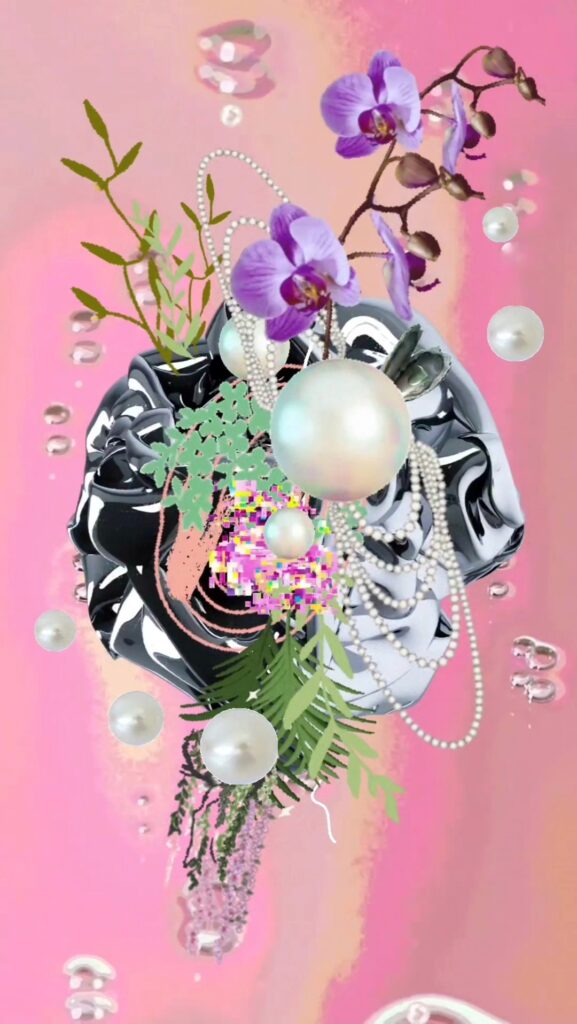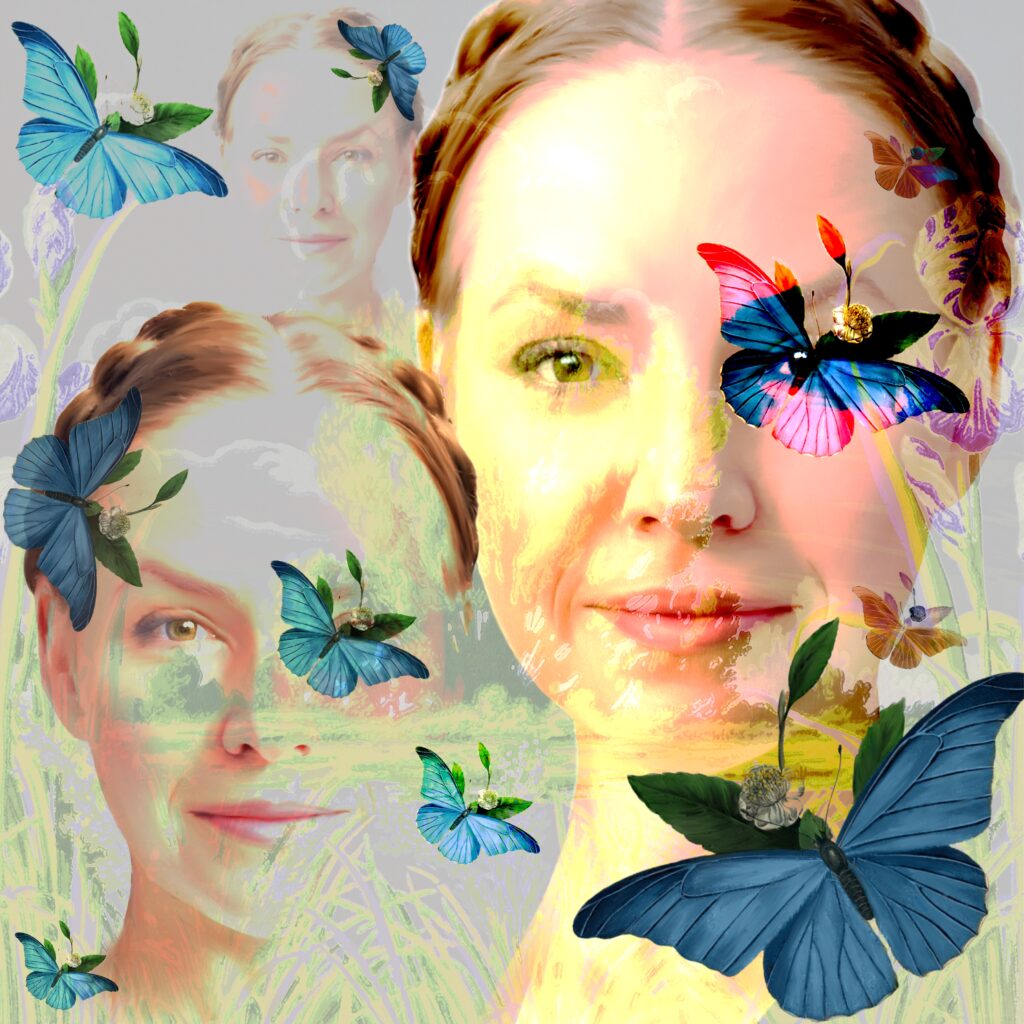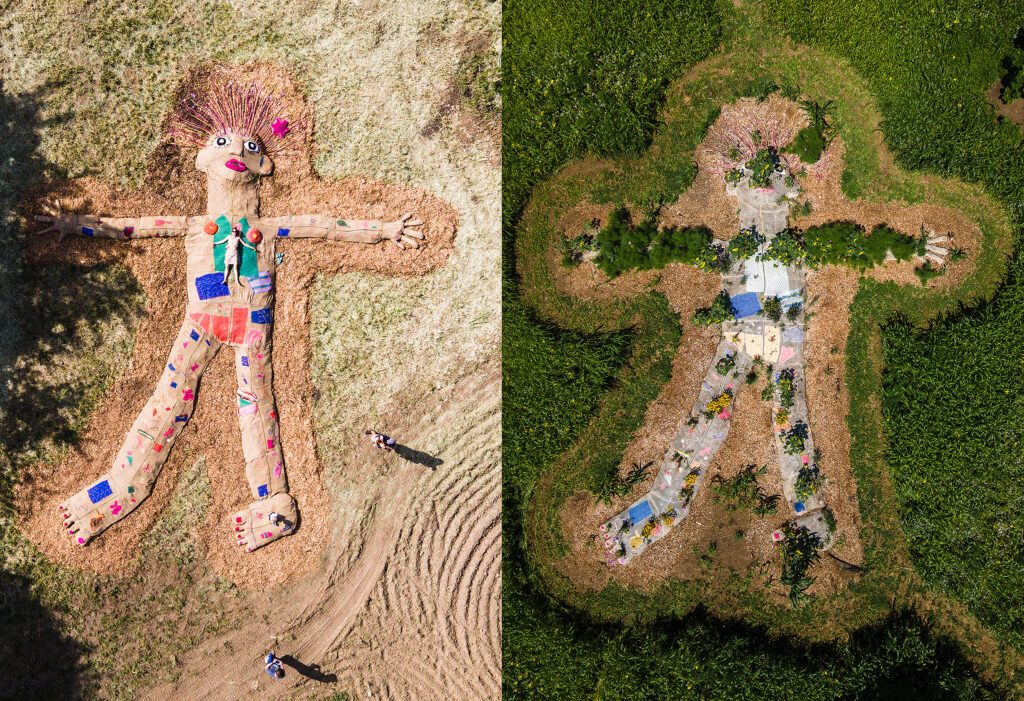
How Color and Sound Fuel the Vision of Art Star Nicholas Stirling
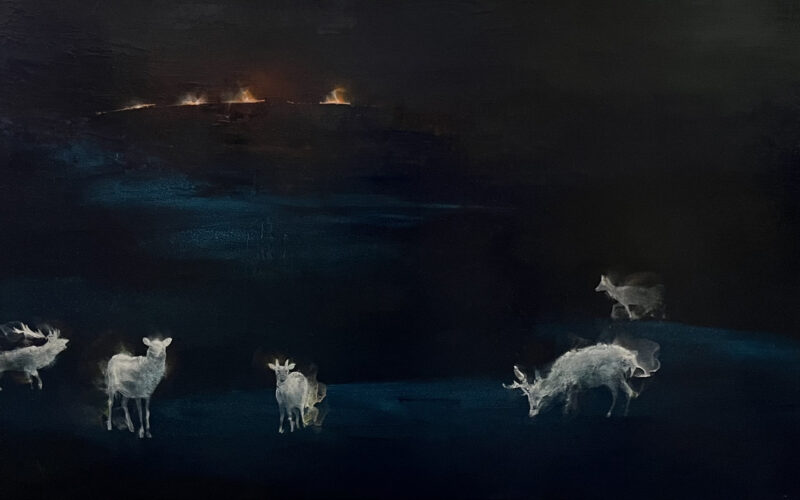

We’re excited to kick off a new series of interviews with our Art Star of the Month program, honouring exceptional talent across various creative fields.
Through this initiative, we aim to spotlight artists making an impact, offering them a global platform to share their work and connect with a community of creators. The Art Star of the Month program is designed to recognise the incredible diversity and innovation in the arts, providing a space for growth, recognition, and meaningful connections.
For this month’s Art Star of the Month at the Arts to Hearts Project, we’re honoured to shine a light on the deeply thoughtful and multi-talented Canadian artist Nicholas Stirling. In this interview, Nicholas opens up about the inspirations behind his work, which is rooted in his experiences as an arts facilitator in the mental health and recovery community. His monochromatic paintings—filled with human and animal forms—explore complex healing, survival, and emotional transformation journeys.
Throughout our conversation, Nicholas reflects on the impact of his early education at OCAD, the mentorship he received from legendary Canadian artists, and the powerful way both music and painting feed his creative soul. He also shares what keeps him passionate after decades of creating, and how personal moments, like the response to a recent painting by a grieving family member, continue to show him just how much art can mean to others.
Nicholas’s journey reminds us that creativity, when fueled by empathy and life experience, can offer profound meaning, connection, and even healing. We’re excited to share his voice and vision with you.
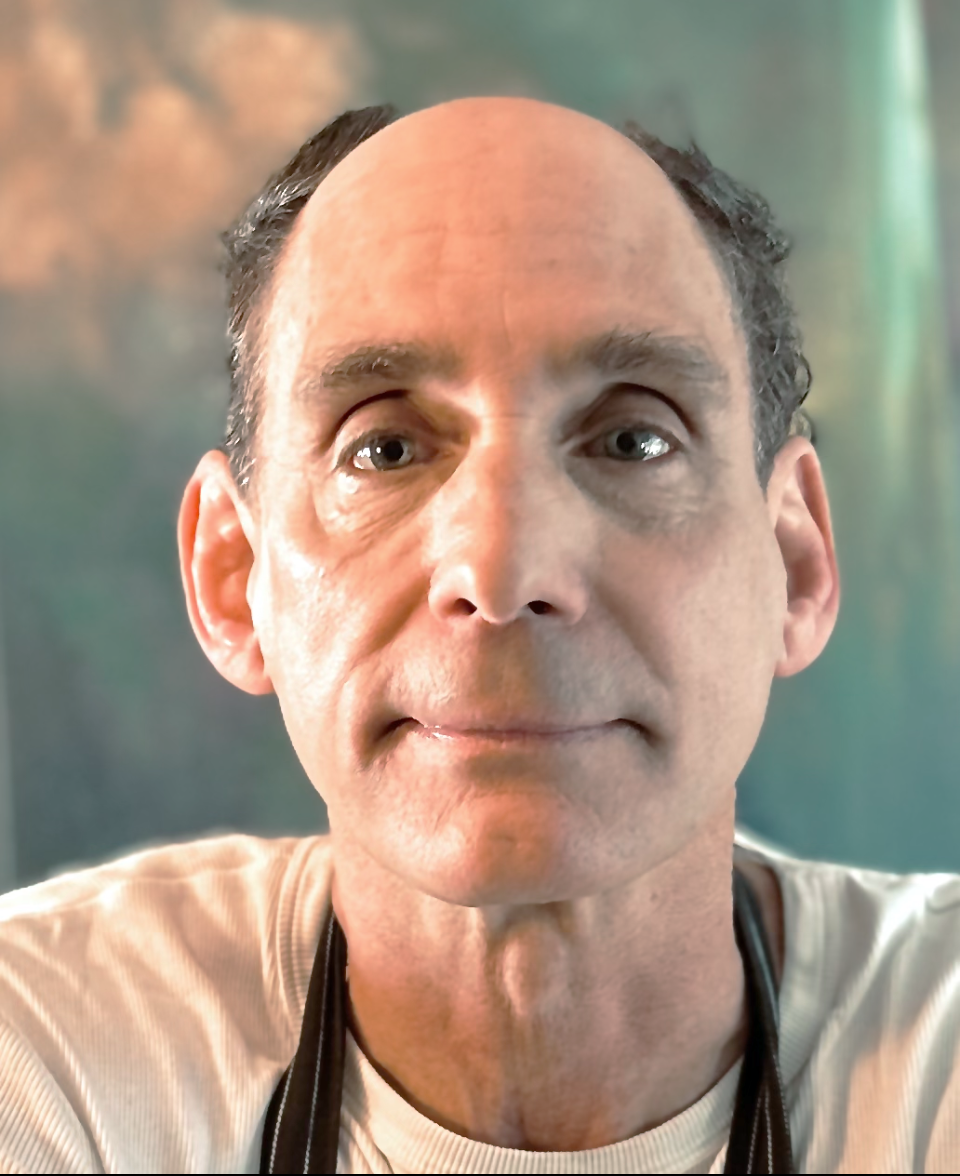
My current paintings are motivated by my arts facilitation work in the mental health sector. I am impacted by the many interactions and experiences of patients in recovery stages from addiction, illness and trauma. Using a monochromatic palette with contrasted human and animal icons, I aim to create an immediate recognition of form set amidst a dense, almost wondrous landscape. I see the human and animal figures as metaphors to a complex world of mental crisis recovery, working through a journey to wellness and hopeful transition to a new mentality in healthy balance for a return to community. Using oils, graphite, enamels, and resins yields random shifting lines and values.
Undulating landscapes hint at a magnified body biosphere, forming a wilderness landscape. Each monochrome hue may evoke varied emotions and stories for me. I want to involve and excite an audience with the beauty and specific spectrum frequency of colour as an invitation to affect one’s story and interpretation with these images. While my surfaces include canvas, linen, and copper, I prefer wood panels because they can withstand surface markings and scratch distressing with knives, torching, and scorers. “Man Through Nature” would be a fitting summary to my theme, and this correlation brings me the portrayal of struggle in survival, recovery to joy, and a place in the world as we strive in our own lives.
1. You’ve studied with some prominent Canadian artists—how did their mentorship shape your creative voice?
My years at the Ontario College of Art & Design (OCAD) were formative as a firsthand experience with teachers who were active artists in their own right. Through the encouragement and liberty to experiment- to ‘crush’ one’s comfort zone – my sense of expanded visual stories significantly impacted my voice in image-making. I arrived at OCAD in a period of artistic freedom following the 1970s. My teachers (incl. Graham Coughtry, Gustav Wiseman, Francois Thepot, Gordon Rayner) were particularly open to multimedia, mixed media with acknowledgement of their previous icons in Canadian painting, such as the ‘Group Of Seven’, ‘Painters Eleven’ and ‘Les Automatistes’ from Quebec. Finding a ‘voice’ that felt true and resonant took my journey years to nurture & develop.
I want to involve and excite an audience with the beauty and specific spectrum frequency of colour as an invitation to involve one’s own story and interpretation with these images.
Nicholas Stirling
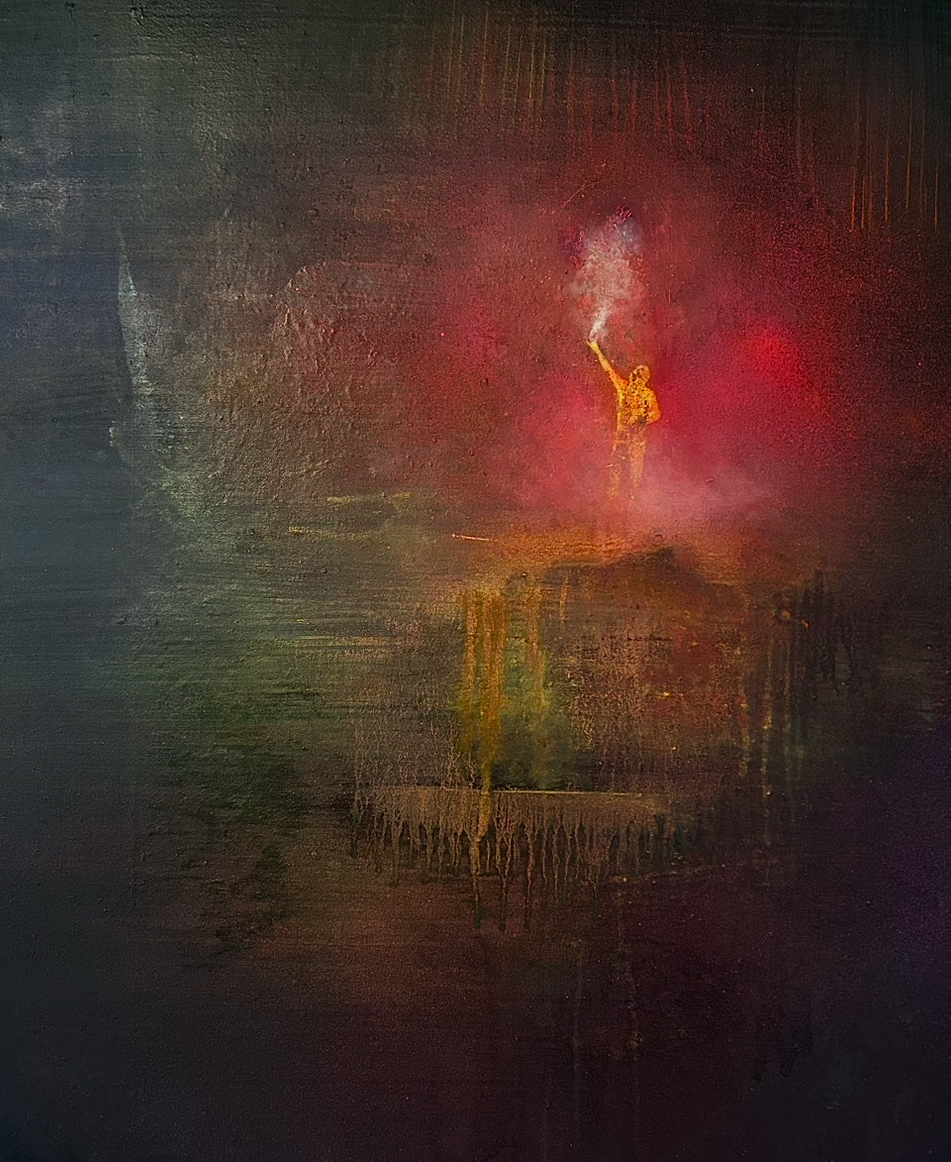
2. What drives your passion to keep expanding through image-making after so many years of practice?
It’s my life choice to be devoted to the Arts. Coming from a theatrical (film) family background, I know now that this was my fit in the world from a young age. Life teaches you how to live if you can live it long enough. After losing family and friends before their time, that thought brings contentment. I am in my proper place, and this passion drives me.

3. You work in both visual and musical arts—how do these creative worlds influence each other for you?
Yes, I have a firm marriage of Visual and Musical Arts. The frequencies of colour and sound captivate me with excellent, strange, brilliant, sublime forms and thoughts. I can only say I feel ‘larger’ when music and painting peak. Composing music to moving pictures has been a strong creative factor that often bridges into my visual art.
4. How do juried shows and competitions shape your approach or confidence as an artist?
Continued participation in group shows (local, national, international) can be an excellent path to becoming involved in a larger community of visual artists. The power of many coming together in virtual and actual shows brings me into a context I could not get in a solo show. Juried shows have been excellent for my confidence. I learn to use my visual language and welcome the validation—or not—from peers. Either standing brings interest and determination to continue submitting to find more audiences for my work.

Life teaches you how to live if you can live it long enough.
Nicholas Stirling
5. What’s been one of your most meaningful exhibitions or recognitions, and why?
This happened very recently, so this instance is significant. A 2025 painting, “Enter Light,” was seen online by a distant family member who immediately resonated with its theme. It turns out there has been a tragedy in the extended family. This image holds a strong metaphor of salvation that was very moving for my relative, who immediately needed this in a collection. It gives weight to the importance of Art as a tonic for meaning in those times of hardship and incalculable loss.
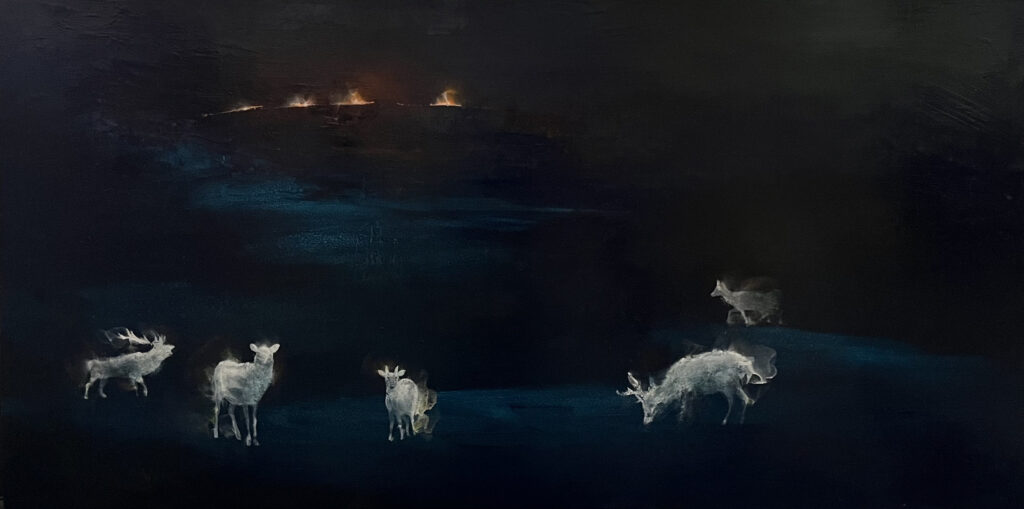
6. Congratulations on being featured as Art Star by The Arts to Hearts Project! How do you think opportunities like this help elevate your career and open new doors for your creative journey?
I’m delighted to receive this ATHP recognition, and this unexpected focus greatly adds to my sense of accomplishment and future inspiration for entering other group competitions!

Nicholas Stirling’s art gives us a deep and honest look into the emotional journeys people go through while healing from trauma, addiction, and mental illness. He creates artwork that feels raw, real, and meaningful using black-and-white tones and powerful images of people and animals. His paintings don’t just show a scene—they invite you in, asking you to connect and reflect on your story.
Through his journey, we learn that personal experiences—especially the hard ones—can shape influential art. Nicholas reminds us that making art can be a way to heal, and that staying true to your voice, no matter how long it takes to find, is something worth celebrating.
To learn more about Nicholas, click the following links to visit her profile.
Arts to Hearts Project is a global media, publishing, and education company for
Artists & Creatives. where an international audience will see your work of art patrons, collectors, gallerists, and fellow artists. Access exclusive publishing opportunities and over 1,000 resources to grow your career and connect with like-minded creatives worldwide. Click here to learn about our open calls.

